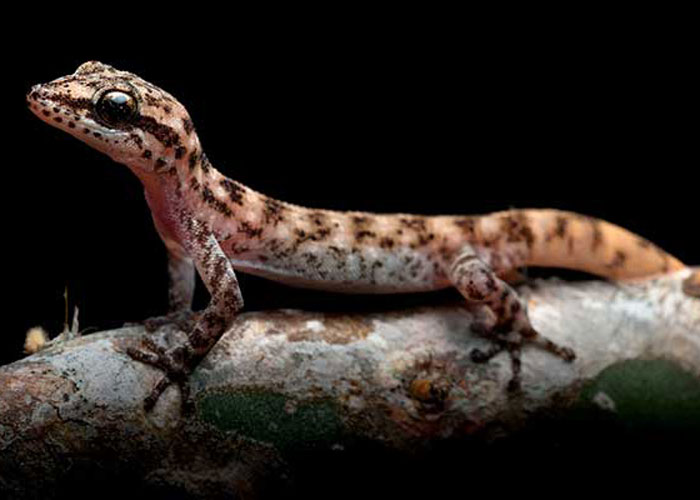Meet three new endemic Galapagos gecko species!
Thanks to research by Tropical Herping and Galapagos Science Center under Galapagos National Park Directorate permit PC-54-18, Galápagos has two new gecko species and a third elevated from sub-species to species status!
The UNC Galapagos Leadership Team, conformed by Steve Walsh, Jill Stewart, Phil Page and Katya McKerr, organized a second retreat on December 5, 2019. Over 40 faculty and students attended, including new recruits to the Galapagos Initiative.
Phyllodactylus andysabini lives on Isabela Island and was named for American philanthropist Andy Sabini. This little gecko lays its eggs in mangrove forests.
Phyllodactylus simpsoni lives on Isabela and Fernandina Islands, as well as Cowley and Tortuga Islets. This little gecko was named after Dr. Nigel Simpson, founding member of the Ecuadorian conservation organizations Jocotoco Foundation and Ecominga Foundation.
Previously, scientists thought the third new gecko species was a subspecies. A subspecies is a geographical variation of a species. In many cases, it is difficult for taxonomists to determine whether these differences between populations are simply part of natural variation of a species or if they are evolving separately. When these doubts persist, what the taxonomist usually does is describe a subspecies.
Changing the subspecies category requires information to support that the differences are important enough for these populations to be recognized as a different taxon.
A peculiarity of this change is that the subspecies name becomes that of the species. In this case, the subspecies was called Phyllodactylus galapaguensis marensi, and now that it is recognized as a species, it becomes Phyllodactulus marensi.
This species is nocturnal and has a restricted distribution in the Galapagos (Bartolome, Marchena, Santiago, Rábida, and the Mares islet). Its ecology and natural history are almost unknown. The main threats are introduced species, especially those that can displace them in their habitat (other geckos), as well as predators such as cats.
Let’s take care of our unique species. You can learn more at www.tropicalherping.com, including how to order their new book Reptiles of Galapagos.







